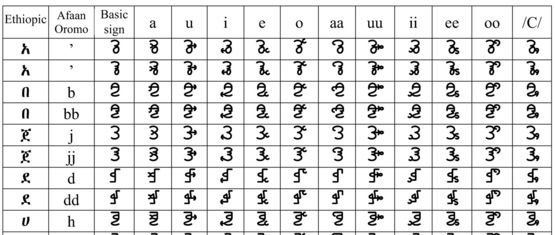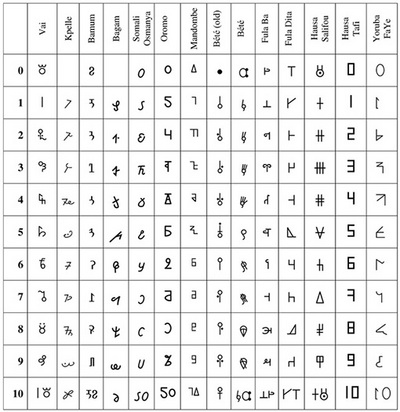Huur
Huur = Horus
Born:November 1895
Harar, Ethiopia
Died: 5 April 1980
Hiraan, Somalia
Nationality: Ethiopian
Occupation: scholar, poet, teacher
Title: Sheikh
"...After devoting 20 years of his life to his studies, he returned to his home village of Sapalo, where he began to teach. Besides religion, subjects he taught included geography, history, mathematics, astronomy, Arabic, and the composition of writings in the Oromo language. He also began to compose poetry in the Oromo language, which not only brought him fame but the name he afterwards was known by, Sheikh Bakri Sapalo: "Bakri" is the popular form of "Abubakar" and Sapalo after his village.
..."Shaykh Bakri, write Hayward and Hassan, "stirred the imagination and captured the love of the Oromo masses by means of his poems, which were composed in their language and were short enough for the people to learn by heart."
Sheikh Bakri Sapalo's chief accomplishment is his writing system. Although Oromo has been transcribed using two writing systems Sheikh Sapalo was familiar with, the Ge'ez script and the Arabic alphabet, both are "far from adequate" in Hayward and Hassan's opinion, for reasons they set forth. (Most important being that Amhara has only seven vowels while Oromo has 10.)
While they "have no reason whatsoever to entertain the belief that Shaykh Bakri had ever studied modern linguistics, or was acquainted with the concept of the phoneme, it is nevertheless the case that his writing system is almost entirely phonemic; that is to say, it is a system achieving the ideal of just one graphic symbol for each phonologically distinctive sound of the language."
They further describe his writing system as a combination of a syllabary and an alphabet in that while the Ge'ez script builds on a consonantal base, the base character never appears without a modification to show the paired vowel. However, although the symbols Sheikh Bakri adopted are not cursive, which suggests a connection with Ge'ez over Arabic, none of them can be traced to either writing system; "they are a complete novelty."

Links below for more info of Shaykh Bakri Saṗalō
http://www.jstor.org/stable/616613?seq=1#fndtn-page_scan_tab_contents
http://abyssiniagateway.net/fidel/ShaykhBakriSapalo/
https://en.wikipedia.org/wiki/Bakri_Sapalo



